
TheArtLawReviewEdition1-1
.pdf
Germany
ii Nazi-looted art and cultural property
Nazi-looted art
In Germany, cases regarding Nazi-looted art are rarely litigated because there has usually either been good-faith acquisition or, if this is not the case, all limitation periods have expired. Regarding Nazi-looted art, there is no specific exception to the maximum limitation period of 30 years for ownership claims. This is much criticised as there is a high risk that a restitution case litigated in Germany will not be successful, mainly because of limitation periods and good-faith acquisition.
However, even today it is not at all impossible to successfully reclaim looted art, especially if the current holder is a public museum.
This is because after the Washington Conference, a ‘common declaration of the federal government and the states to find and restitute Nazi-looted art’ was signed and ever since it has served as ‘soft law’, according to which German museums have to respect the Washington Principles15 by way of ‘self-obligation’.16
Many restitutions from public museums to heirs of Holocaust victims take place on this basis every year.
The following are selected examples of restitutions of Nazi-looted art that took place in 2019 and 2020.
aIn April 2019, the Prussian Cultural Heritage Foundation restituted a drawing by Jakob Philipp Hackert to the heirs of businessman Friedrich Emil Guttsmann, who was forced to sell his valuables in 1939 because of the financial hardships caused by Nazi persecution.17
bIn May 2019, the Prussian Cultural Heritage Foundation returned five works (three paintings and two bronzes) to the heirs of the art dealer Heinrich Ueberall, who had to give up his business between 1936 and 1938 and was murdered in Sachsenhausen concentration camp in September 1939.18
cIn August 2019, the Bavarian state museums returned a total of nine artworks (five paintings, one wooden panel, three engravings) to the heirs of Julius and Semaya Franziska Davidsohn, two art collectors who were dispossessed by the Gestapo in November 1938 and eventually murdered in Theresienstadt concentration camp in August 1942 and April 1943.19
15www.lostart.de/Webs/EN/Datenbank/Grundlagen/WashingtonerPrinzipien.html.
16Erklärung der Bundesregierung, der Länder und der kommunalen Spitzenverbände zur Auffindung und zur Rückgabe NS-verfolgungsbedingt entzogenen Kulturgutes, insbesondere aus jüdischem Besitz (Gemeinsame Erklärung) www.kulturgutverluste.de/Content/08_Downloads/DE/Grundlagen/ Gemeinsame-Erklaerung/Gemeinsame-Erklaerung.pdf?__blob=publicationFile&v=15.
17For details see: www.preussischer-kulturbesitz.de/fileadmin/user_upload_SPK/documents/presse/ pressemitteilungen/2019/190430_Restitution-Guttsman-ENG.pdf.
18For details see: www.smb.museum/en/whats-new/detail/five-works-from-the-gemaeldegelerie-and-the-alte- nationalgalerie-restituted/.
19For details see: https://news.artnet.com/art-world/restitution-munich-museums-1616695.
157
© 2021 Law Business Research Ltd
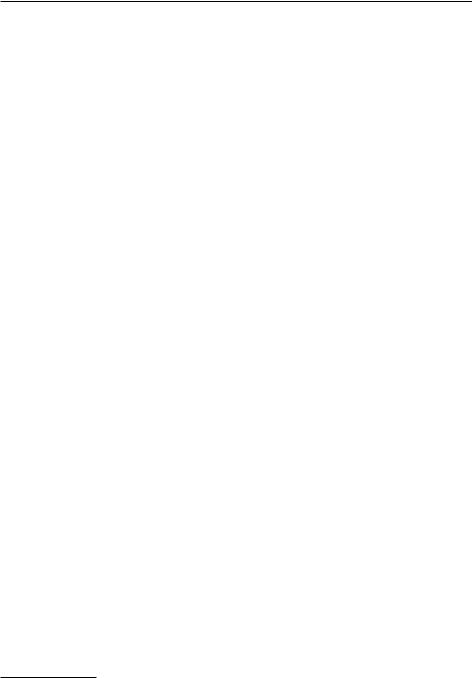
Germany
dIn September 2019, the Prussian Cultural Heritage Foundation returned two late medieval panels to the heirs of Harry Fuld Senior, a Jewish businessman and art collector whose family was dispossessed and whose company was ‘Aryanised’ during the Nazi era.20
eIn November 2019, the Leopold Hoesch Museum in the city of Düren restituted a painting by Heinrich Campendonk to the heirs of the Jewish shoe manufacturer Alfred Hess, whose wife, Thekla Hess, was ordered by the Gestapo to return a part of his art collection to Germany after she managed to move a large part of the collection to Switzerland following his death in 1931. Some of the returned works were then stolen from the Cologne Art Association’s storage, among them most probably the Campendonk painting, which resurfaced in a gallery in Düsseldorf in 1950.21
fIn January 2020, the Prussian Cultural Heritage Foundation returned a painting by Hans Baldung Grien to the heirs of the painter Hans Purrmann, who was persecuted by the Nazi regime as a ‘degenerate’ artist and was therefore forced to sell the painting because of his difficult financial situation in 1937.22
If a matter regarding Nazi-looted art cannot be settled between the parties (e.g., between a museum and claiming heirs), there is in place a possibility for alternative dispute resolution:
Following an agreement between the federal government and the German federal states, the Advisory Commission came into being in 2003 and since then has continued its work in a number of cases brought before it. On the basis of the Washington Principles and the 1999 common declaration on the restitution of Nazi-looted art23 mentioned above, the Advisory Commission issues advisory recommendations in restitution cases. Cases that involve works of art looted or otherwise taken from their owners between 30 January 1933 and 8 May 1945 under the terror regime of Nazi Germany can be brought before the Commission, which consists of 10 very senior, experienced and respected experts with backgrounds in law and the arts.
The recommendations are not legally binding but are usually followed by the parties involved; only 18 recommendations have been issued so far.
Both sides (mostly heirs of victims of Nazi Germany on one side and public art institutions such as museums and collections on the other) have to agree to mediation by the Commission and need to express their commitment to accepting the Commission’s recommendation. After handing in an application (which needs to fulfil certain requirements, such as sufficient documentation of the dispossession), the Commission asks for written statements from the parties involved and first tries to reach an amicable solution. If this fails, the Commission calls for a hearing during which the parties can again present their cases. The Commission then issues a recommendation on the basis of the Washington Principles.
20For details see: https://news.artnet.com/art-world/artworks-confiscated-nazis-restituted-jewish-art- collector-1640692; www.preussischer-kulturbesitz.de/news-detail/article/2019/08/30/two-medieval- predella-panels-restituted.html.
21For details see: www.theartnewspaper.com/news/german-museum-acquires-heinrich-campendonk-painting- after-restitution-to-jewish-collector-s-heir.
22For details see: www.theartnewspaper.com/news/berlin-restitutes-painting-to-heirs-of- degenerate-artist-for-the-first-time; www.smb.museum/en/whats-new/detail/?tx_smb_ pi1%5BnewUid%5D=930&cHash=4fe533e0f9dd0e9d95babdeb644cb2f5.
23See footnote 15.
158
© 2021 Law Business Research Ltd

Germany
The recommendation can range from denying the application altogether to full restitution to the applicant, with various measures in between (payment of compensation, public display of the artwork’s provenance, etc.).
As an example of how this works, the Commission this year recommended that the Bavarian State Painting Collection restitute a painting by Jacob Ochtervelt24 but also stated that the State Painting Collection was to be paid half of the purchase price if the painting were sold by the heirs in the 10 years following restitution. Although the heirs had no legal claim to repossess the painting, the Commission recommended restitution, taking into account all the facts of the specific case along with moral and ethical considerations. However, the requirement to keep the painting for 10 years is an unusual restriction and this case was the first time such a restriction has been imposed on claimants.
Because there are no special rules or explicit provisions regarding Nazi-looted art in relation to German limitation periods – a situation that is widely criticised – cases of Nazi-looted art are sometimes litigated abroad, even though they have a link to Germany or even concern cultural goods located in Germany. One example of this is the case of the Guelph Treasure, in which the Advisory Commission recommended that the treasure should not be restituted to the claimants; the claimants did not want to accept this and are now litigating the case in the United States.25
Cultural property protection law
In 2016, German cultural protection law underwent a reform with the entry into force that year of the new Cultural Property Protection Act, following which German cultural property law has become more relevant and at the same time more bureaucratic.
The reform aimed at bringing together the two key aspects of protecting cultural property, which were previously regulated in two different acts: first, the protection of important national cultural property against removal from Germany26 and, second, the return of cultural property illegally removed.27 The new Cultural Property Protection Act therefore introduced a number of measures to govern the import, export and placing on the market of cultural property, as well as the return of unlawfully imported cultural property.
Export licensing
A key change was the introduction of the obligation to obtain an export licence for exporting works of art that exceed a certain age and a certain value, even within the EU’s internal market (depending on the type of cultural property).
In the table below are the applicable age and value thresholds. An export licence is mandatory if these thresholds are met.
241 July 2020, Heirs of A.B. v. Bayerische Staatsgemäldesammlung (Bavarian State Painting Collection).
25In July 2020, the US Supreme Court agreed to hear an appeal by Germany and the Prussian Cultural Heritage Foundation. The Court will now (mainly) rule if cases concerning Nazi looted art fall within the field of application of the expropriation exception to the Foreign Sovereign Immunities Act, which, inter alia, states that foreign sovereign states (and its agencies or instrumentalities) shall not be immune from the jurisdiction of courts in the United States in any case in which property was taken away in violation of international law.
26See § 1 Nos. 1–3 KGSG.
27See § 1 Nos. 4–6 KGSG.
159
© 2021 Law Business Research Ltd
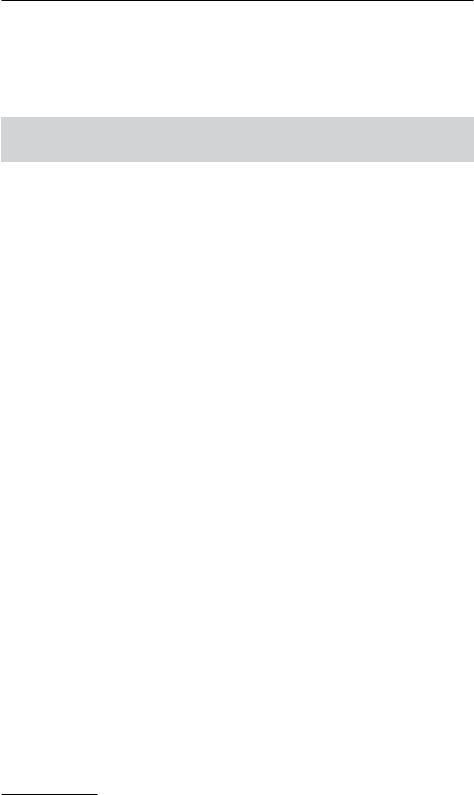
Germany
A licence will be granted if the item concerned is not included on the list of ‘valuable national cultural property’ or found to be of ‘national importance’. In the latter case, the item will be put on the list as a valuable national cultural property28 by an administrative act. Listed items can no longer be exported, unless their export is permitted (which is unlikely).
The process of listing can be started regardless of the age or value of the cultural goods.
Categories |
Export from Germany outside the EU |
Export from Germany within the EU |
|||
|
|
|
|
|
|
|
|
Age (years) |
Value (€) |
Age (years) |
Value (€) |
|
|
|
|
|
|
1 |
Archaeological objects from excavations |
100 |
0 |
100 |
0 |
|
and archaeological finds on land or |
|
|
|
|
|
under water, from archaeological sites |
|
|
|
|
|
or archaeological collections |
|
|
|
|
2 |
Elements forming an integral part |
100 |
0 |
100 |
0 |
|
of artistic, historical or religious |
|
|
|
|
|
monuments that have been broken up |
|
|
|
|
3 |
Pictures and paintings that do not |
50 |
150,000 |
75 |
300,000 |
|
belong to their creators, other than |
|
|
|
|
|
those included in categories 4 or 5 |
|
|
|
|
4 |
Watercolours, gouaches and pastels that |
50 |
30,000 |
75 |
100,000 |
|
do not belong to their originators |
|
|
|
|
5 |
Mosaics (other than those included in |
50 |
15,000 |
75 |
50,000 |
|
categories 1 or 2) and drawings that do |
|
|
|
|
|
not belong to their originators |
|
|
|
|
6 |
Original engravings, prints, silkscreen |
50 |
15,000 |
75 |
50,000 |
|
prints and lithographs with their |
|
|
|
|
|
respective plates and original posters |
|
|
|
|
|
that do not belong to their originators |
|
|
|
|
7 |
Original sculptures or statuary and |
50 |
50,000 |
75 |
100,000 |
|
copies produced by the same process |
|
|
|
|
|
as the original that do not belong to |
|
|
|
|
|
their originators (other than those in |
|
|
|
|
|
category 1) |
|
|
|
|
8 |
Photographs, films and negatives |
50 |
15,000 |
75 |
50,000 |
|
thereof that do not belong to their |
|
|
|
|
|
originators |
|
|
|
|
9 |
Manuscripts that do not belong to |
50 |
0 |
75 |
50,000 |
|
their originators, including maps and |
|
|
|
|
|
musical scores or incunabula |
|
|
|
|
10 |
Books |
100 |
50,000 |
100 |
100,000 |
|
|
|
|
|
|
11 |
Printed maps |
200 |
15,000 |
200 |
30,000 |
12 |
Archives |
50 |
0 |
50 |
50,000 |
|
|
|
|
|
|
13(a) Collections and specimens from |
No age threshold |
50,000 |
No age threshold |
100,000 |
|
|
zoological, botanical, mineralogical or |
|
|
|
|
|
anatomical collections |
|
|
|
|
13(b) Collections of historical, |
|
|
|
|
|
|
palaeontological, ethnographic or |
|
|
|
|
|
numismatic interest |
|
|
|
|
14 |
Means of transport |
75 |
50,000 |
150 |
100,000 |
|
|
|
|
|
|
15(a) Any other antique items not included |
50–100 |
50,000 |
100 |
100,000 |
|
|
in categories 1–4 |
|
|
|
|
15(b) Any other antique items not included |
100 |
50,000 |
100 |
100,000 |
|
|
in categories 1–14 |
|
|
|
|
28 The list is publicly accessible at www.kulturgutschutz-deutschland.de.
160
© 2021 Law Business Research Ltd

Germany
Import restrictions
An item can only be legally imported into Germany if it has been legally exported from its country of origin.29 This is the case if all applicable legislation in the country of origin and all applicable international law has been respected. Sanctions in cases of non-compliance are severe (up to five years’ imprisonment, fines and confiscation of the item).30
In addition, the law provides for public law repatriation claims in cases in which cultural property has been unlawfully removed from a sovereign state.31
Due diligence
As mentioned above, the new Law provides for due diligence obligations when placing artworks on the market, which, as a result, make provenance research more important.32
Whoever puts cultural goods on the market should make sure that the goods are not stolen, illegally excavated or illegally imported. However, as far as non-professionals are concerned, further inquiry is only necessary if there are any suspicious circumstances.
Whoever puts cultural property into circulation in the exercise of his or her commercial activity is generally obliged to conduct additional due diligence: he or she has to establish the name and address of the seller, the consignor, the person acquiring the property or the client; to prepare a description and an illustration suitable for establishing the identity of the cultural property; to check the provenance of the cultural property; to examine documents proving lawful import and export; to examine prohibitions and restrictions on import, export and trade; to check whether the cultural property is registered in publicly accessible directories and databases; and to obtain a written or electronically transmitted declaration from the consignor or vendor that the latter is entitled to dispose of the cultural property.
According to the wording of the Law, it is forbidden to place any items on the market that were stolen, illegally excavated or illegally imported. Sales of such items are invalid.33 Thus, someone who places a work on the market must make sure that the work was not stolen, illegally excavated or illegally imported (i.e., they must inquire into the work’s provenance) however, only to the extent that is economically reasonable.34 Works that are suspected of having been looted during the Nazi era (e.g., because they can be found in the database on the website www.lostart.de) can only be placed on the market once it is possible to eliminate this suspicion through provenance research or if a just and fair solution has been reached.
iii Limitation periods
There is no specific limitation period for art claims in German law – they fall under the general limitation periods governing all civil law claims.
The following general limitation periods are important in the context of art cases: Warranty claims regarding sales of goods are time-barred 30, five or two years following
the transfer of the goods,35 and almost all cases concerning the sale of art will fall under the two-year clause.
29§ 28 KGSG.
30§§ 83 ff KGSG.
31§ 49 ff KGSG.
32§§ 40 ff KGSG.
33§ 40 KGSG.
34§ 42 KGSG.
35§ 438 Abs. 1 Nos.1–3 BGB.
161
© 2021 Law Business Research Ltd
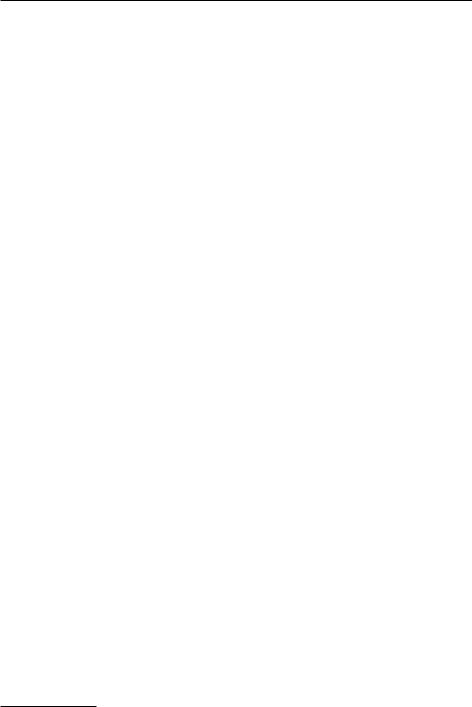
Germany
A declaration of will that was based on deceit can be contested for up to one year after the deceived person discovers the deception and up to, at the latest, 10 years after the declaration of will was given.36
A claim of the owner of a work against the current holder of the work, who did not acquire any title (i.e., a claim against the possessor of a stolen item) is time-barred after 30 years after the loss of the item (i.e., the theft).37 However, if the possessor of the stolen item both acquired it and retained it in good faith for a period of 10 years, usucapion takes place after that 10 years and the original owner can no longer reclaim the stolen item.
iv Alternative dispute resolution
Alternative dispute resolution in the field of restitution has a certain tradition in Germany because of the existence of the Advisory Commission (see Section III.ii).
In recent years, alternative dispute resolution has also been discussed and put in place in areas of art law other than restitution. There are several arbitration bodies worldwide that deal with art-related cases from different angles, including WIPO38 (as far as intellectual property and copyright disputes are concerned) and the recently inaugurated international arbitration body specialising in art matters, the Court of Arbitration for Art, which is based in Rotterdam.39
In addition, certain national arbitration organisations such as the German Arbitration Institute have expressed an interest in alternative dispute resolution for art-related cases.40
IV FAKES, FORGERIES AND AUTHENTICATION
Even prior to the spectacular Beltracchi case, which had its epicentre in Germany but affected dealers and collectors worldwide, the fear of fakes, forgeries and inauthentic art was, and remains, an issue in the art market. Forgeries raise complex legal questions, not only regarding criminal law.
According to the chapter in the German Civil Code dealing with the sale of goods, a thing is free from material defects if, upon the passing of the risk, the object has the agreed quality.41 Therefore, in the context of an authenticity issue, it becomes key to establish what exactly the parties have agreed upon regarding the authenticity of a work of art. Such an agreement does not necessarily need to be explicit, it can also be implied (e.g., by referring to expert opinion, a catalogue raisonné, an artist’s signature or a certificate of authenticity during the sales negotiations or in a catalogue of an auction house). German courts, however, tend to focus on the exact details of the individual case and are sometimes hesitant to assume a binding agreement regarding the authenticity of an item. According to German law on sales of goods, if the quality (or, in this case, authenticity) has not been agreed upon, the object (or, in this case, the artwork) is considered to be free of material defects if it is suitable for its customary use and if its quality is usual in things of the same kind and the buyer may expect
36§ 123 Abs. 1 BGB.
37§ 197 I Nr. 2, 200 BGB.
38World Intellectual Property Organization.
39www.cafa.world/cafa/about_us/.
40In 2018, the institute’s international autumn conference was exclusively dealing with ADR in art-related matters.
41§ 434 I S. 1 BGB.
162
© 2021 Law Business Research Ltd
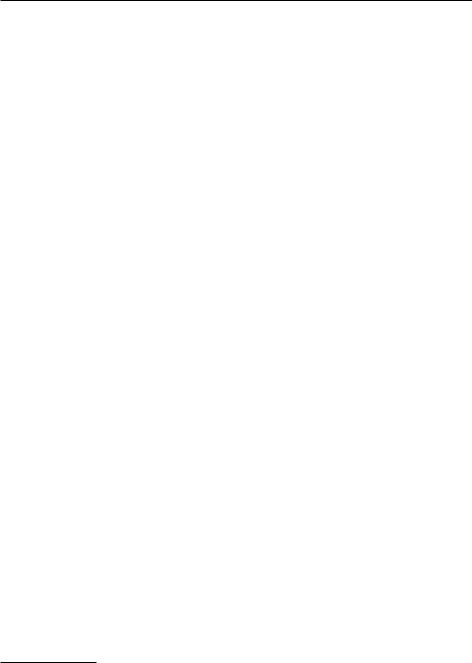
Germany
this quality in view of the type of the thing.42 To determine the quality that the buyer can expect, public statements made by the seller – again, references to expert opinion, a catalogue raisonné, etc. – can play an important role when assessing if a work of art is defective in the legal sense.43 If the item is defective, the buyer has an array of rights, most importantly the right to revocation of the agreement44 or to demand damages or reimbursement of futile expenditure.45
In addition to these specific remedies regarding a purchased item that is defective, the buyer can, according to the general rules of civil law, retroactively cancel his or her declaration of will under certain circumstances. Most relevant in the case of forgeries is the retroactive cancellation in cases of deception,46 a right that can be exercised for up to one year upon becoming aware of the deception and, at the latest, up to 10 years after having given the declaration of will (i.e., conclusion of the contract). The consequence of such a cancellation is the reversal of the transaction according to the civil law rules governing unjustified enrichment.47
VART TRANSACTIONS
iPrivate sales and auctions
There are no specific rules for private sales. Depending on the specific terms, the transactions for such sales can be legally structured in different ways, such as a simple sales contract or, if an intermediary is involved, as an agency or a commission, following the rules laid down in the Commercial Code.
Auctions are regulated by public law regulations; to conduct auctions, an auctioneer needs a permit.48 Auctioneers’ ways of doing business are regulated in specific public law directives.49
From a legal perspective, one of the main differences between private sales and auctions is the fact that an auctioneer can transfer title to a good-faith purchaser when the item is sold at a public auction, even if the item was stolen.50 In a private sale, however, the buyer has more options for negotiating contractual guarantees.
ii Art loans
For works on loan in museums in Germany, there is the possibility of applying for immunity from seizure.
To ‘immunise’ artworks that are temporarily on loan for a public exhibition or other forms of public presentation (e.g., research purposes) against the possibility of being seized, the owner can apply for a legally binding commitment to return cultural property, which is
42§ 434 I S. 2 Nr. 2 BGB.
43§ 434 I S. 3 BGB.
44§ 437 Nr. 2 BGB.
45§ 437 Nr. 3 BGB.
46§ 123 BGB.
47§ 812 ff BGB.
48§ 34b Absatz 1 der Gewerbeordnung.
49Versteigererverordnung vom 24 April 2003 (BGBl. I S. 547), die zuletzt durch Artikel 101 des Gesetzes vom 29 March 2017 (BGBl. I S. 626).
50§ 935 Abs. 2 BGB.
163
© 2021 Law Business Research Ltd
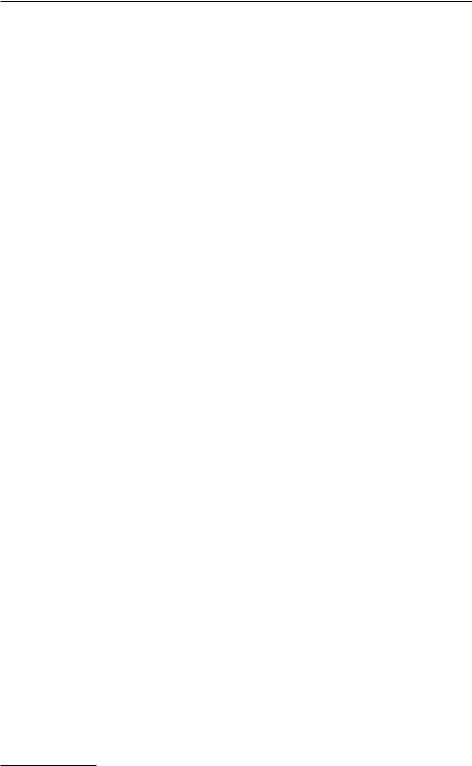
Germany
issued by the highest federal authority (usually the Ministry of Culture of the federal state in which the work will be shown) in consultation with the Federal Government Commissioner for Culture and Media.51 The application for such a legally binding commitment needs to be submitted in a timely fashion before the cultural property is imported; the duration of immunity from seizure shall not exceed two years but can be extended to up to four years in justified exceptional cases.
The effects of such immunity from seizure are many and they do grant far-reaching protection.
aNo conflicting third-party rights to the cultural property may be asserted against the lender’s right to the return of the cultural property, which guarantees far-reaching protection against seizures during its stay in Germany.
bLegal action for recovery, arrest, attachment or seizure as well as official acts of enforcement or seizure are not permitted before the cultural property is returned to the lender.
cMoreover, the legally binding commitment prevents the initiation of the process for entry in the register of cultural property of national significance.
dNo export licence is needed for the return of the property.
It is important to note that the administrative decision providing immunity from seizure may not be cancelled, withdrawn or revoked after being issued and is immediately enforceable for public authorities while the cultural property is located in Germany.
Public museums in Germany often arrange for a public law guarantee of reimbursement by the state in the event of loss or damage as an alternative to taking out insurance with an insurance company, if this is acceptable to the borrower.
iii Cross-border transactions
As far as international conventions and treaties are concerned, Germany is a member of the 1970 UNESCO convention. Germany did not sign the UNIDROIT convention.
See Section III.ii regarding cultural property protection for a discussion of import and export restrictions.
As regards tax considerations regarding art acquired internationally, the following generally applies.
The current German basic VAT rate applicable to sales of artworks is 19 per cent (however, because of the pandemic, this was lowered to 16 per cent from 1 July 2020 until the end of the year), unless an artwork is bought directly from the artist or the artist’s heirs, in which case a VAT rate of 7 per cent applies (currently lowered to 5 per cent).52
If the seller is an entrepreneur whose turnover exceeds a certain threshold, any sale of goods that takes place in Germany is subject to German VAT. The sale of goods is regarded as taking place in Germany if the goods are located and sold in Germany.
For non-EU resident buyers, a VAT exemption applies in certain situations (assessed on a case-by-case basis) if the goods are bought in Germany and taken to the home country of the non-EU resident buyer or if the goods are delivered there directly.53
51§ 73 ff KGSG.
52§ 12 Abs. 2 Nr. 13 German VAT Tax Code (UStG).
53§ 4 Nr. 1(a) UStG in connection with § 6 UStG.
164
© 2021 Law Business Research Ltd
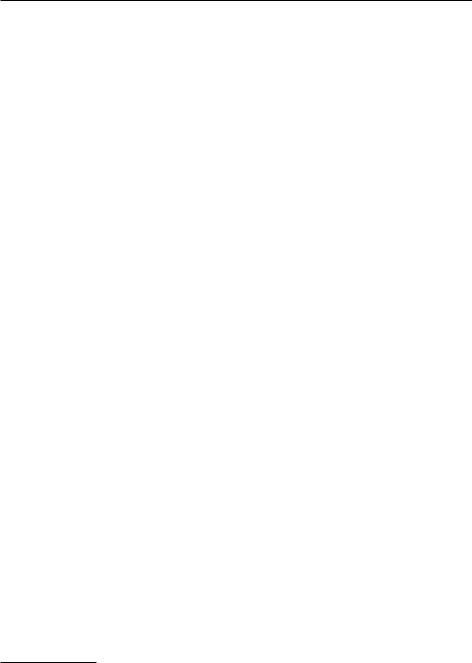
Germany
Deliveries to entrepreneurs in another EU country may, under certain conditions (assessed on a case-by-case basis), elect for an exemption, so that the sale is exempt from German VAT and the VAT of the other EU state applies instead.54
Import from a non-EU state might give rise to import VAT as well as customs duties. Regarding customs duties, there is the possibility of temporarily importing artworks for less than 24 months without any customs duties being charged if they are being imported for
public exhibition and sale.55
iv Art finance
Certain banks in Germany offer loans that have artworks as collateral. The legal structure used for the collateral is a pledge in most cases, which means that the artworks have to be stored with the bank. As there is no register of security interests in Germany and because of the possibilities of good-faith acquisition mentioned above, most banks refrain from using other legal structures that would allow the artwork to remain with the beneficiary of the loan. Some banks make exceptions in specific circumstances, however.
Similarly, some companies and dealers offer loans to their clients. If this is done on a regular basis, a banking licence might be required under certain circumstances.
The art trade as well as art storage warehouses are subject to the money laundering regulations of the updated German Anti-money Laundering Code,56 which transposes the new rules of the EU Fifth Anti-Money Laundering Directive into national law. In practice, this means a certain administrative burden for the art trade, such as the obligation for a photocopy to be made of the personal identification card or passport57 of any client involved in a transaction or series of connected transactions involving a value of €10,000 or more; the photocopy must be kept for five years58 after the end of the contractual relationship. If the buyer is a legal entity, not a natural person, it is necessary to inquire as to who is the ultimate beneficiary (known as the know-your-client check), to document this inquiry and keep the documentation for five years. In cases of doubt or if the ultimate beneficiary is not indicated in the transparency register, the art dealer must make enquiries with the national Financial Intelligence Unit.59
VI ARTIST RIGHTS
i Moral rights
According to German copyright law, the moral rights of the author consist of the rights:
ato publish a work for the first time;60
bto be named (or not to be named) as the author (attribution right);61 and
cto ensure that the work is not distorted.62
54§ 4 Nr. 1b UStG in connection with 6a UStG.
55With an ATA carnet or without the ATA proceedings; in the latter case, generally a security has to be provided.
56§ 2 Abs. 1 Nr. 13 of the German Anti-money Laundering Code (GWG).
57§ 12 GWG.
58§ 8 GWG.
59Financial Intelligence Unit; see § 27 ff GWG.
60§ 12 German Copyright Act (UrhG).
61§ 13 UrhG.
62§ 14 UrhG.
165
© 2021 Law Business Research Ltd
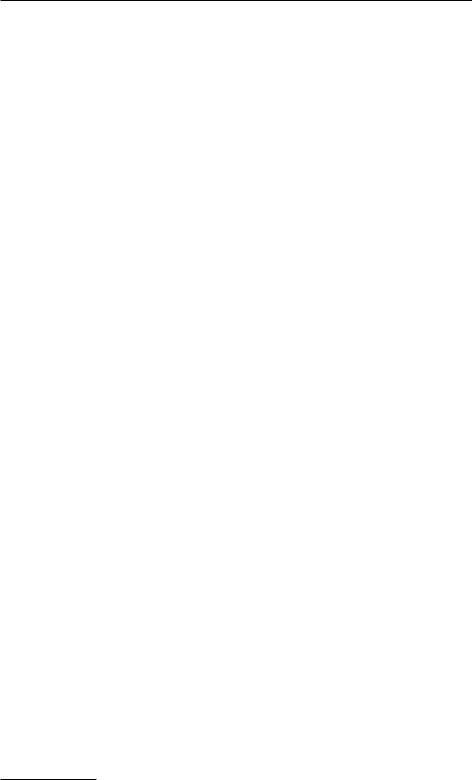
Germany
The moral right to ensure that a work is not distorted often plays a role in the context of works of architecture, if a building is later modified or changed, as well as with public artworks, especially if they are installed on buildings.
Moral rights expire 70 years after the author’s death.
The issue as to whether removal and destruction of a work of art constitutes a distortion was highly disputed until 2019, with most scholars and case law being of the opinion that the owner of an artwork is free to destroy it, with destruction not being a form of distortion. This case law was changed in 2019: the Federal Court of Justice pointed out that the provision establishing the author’s right of defence against distortion of the work63 protects the intellectual and personal interest of the artist regarding the sheer existence of the work and the Court came to the conclusion that the protective scope of this rule includes the right of the author to defend himself or herself against the destruction of his or her work, possibly even if the rightful owner wishes to destroy the work of art, albeit the owner’s own property. So the Court made clear that the destruction of a work of art falls under the scope of Section 14 of the German Copyright Act, destruction being the most severe form of distortion. Therefore, it is now necessary to assess carefully in each single case whether the artist’s moral right outweighs the owner’s right to freely deal with his or her property.
ii Resale rights
In Germany, the artist or the artist’s heirs are entitled to receive resale royalties for 70 years following the artist’s death under the following conditions.
If the original of an artwork or of a photographic work is resold and if an art dealer or an auctioneer is involved as purchaser, vendor or intermediary, the vendor has to pay the author a share of the net selling price.64 If the vendor is a person acting in his or her private capacity, the art dealer or the auctioneer involved as purchaser or intermediary shall be jointly and severally liable in addition to the vendor; however, in the relationship between the vendor and art dealer or auctioneer, it is the vendor alone who shall be liable for payment.
This rule does not apply for sales of less than €400 or to architectural works and works of applied art.
The extent of the selling price share gradually decreases; it starts at 4 per cent for a selling price of up to €50,000 and goes down to 0.25 per cent where the selling price exceeds €500,000. The share cannot be more than €2,500, however, regardless of how high the selling price is.
To be able to assert a claim for resale rights, the law provides for a right to request the provision of information from an art dealer or auctioneer (e.g., the amount of the selling price) regarding past sales of the artist’s work (during the past three years); this includes the name and address of the vendor, if necessary for the assertion of the claim. An art dealer or auctioneer may refuse to provide the name and address of a vendor if the dealer himself or herself pays the share to the author. Such an information request may only be made by a collecting society, which can even ask for access to the account books or to other documents if there is reasonable doubt as to the accuracy or completeness of the information provided.
63§ 14 UrhG.
64§ 26 UrhG.
166
© 2021 Law Business Research Ltd
